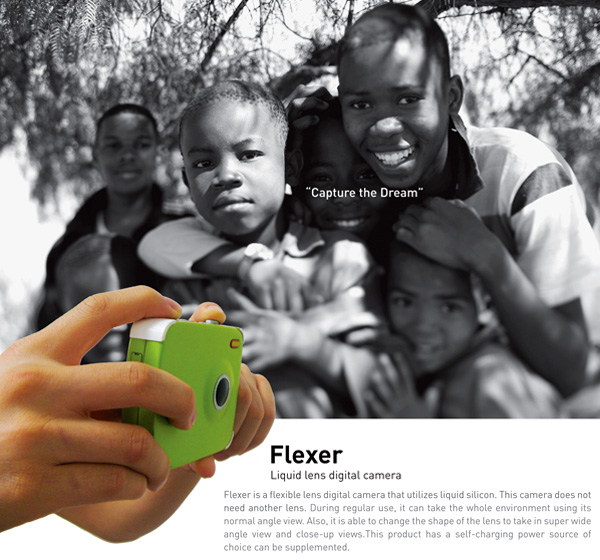
If you've ever been to an amusement park, you may have noticed ride designers using some non-traditional platforms as projection screens -- the most common example being a steady stream of artificial fog. Projecting onto transparent substances is a different story, however, which made this latest technique a bit baffling to say the least. Colloidal Display, developed by Yoichi Ochiai, Alexis Oyama and Keisuke Toyoshima, uses bubbles as an incredibly thin projection "screen," regulating the substance's properties, such as reflectance, using ultrasonic sound waves from a nearby speaker. The bubble liquid is made from a mixture of sugar, glycerin, soap, surfactant, water and milk, which the designers say is not easily popped. Still, during their SIGGRAPH demo, a motor dunked the wands in the solution and replaced the bubble every few seconds.
A standard projector directed at the bubble creates an image, which appears to be floating in the air. And, because the bubbles are transparent, they can be stacked to simulate a 3D image. You can also use the same display to project completely different images that fade in and out of view depending on your angle relative to the bubble. There is a tremendous amount of distortion, however, because the screen used is a liquid that remains in a fluid state. Because of the requirement to constantly refresh the bubbles, and the unstable nature of the screen itself, the project, which is merely a proof of concept, wouldn't be implemented without significant modification. Ultimately, the designers hope to create a film that offers similar transparent properties but with a more solid, permanent composition. For now, you can sneak a peek of the first iteration in our hands-on video after the break.
Continue reading Colloidal Display uses soap bubbles, ultrasonic waves to form a projection screen (hands-on video)
Filed under: Displays
Colloidal Display uses soap bubbles, ultrasonic waves to form a projection screen (hands-on video) originally appeared on Engadget on Fri, 10 Aug 2012 12:24:00 EDT. Please see our terms for use of feeds.
Permalink |
 Yoichi Ochiai
Yoichi Ochiai |
Email this |
Comments

















